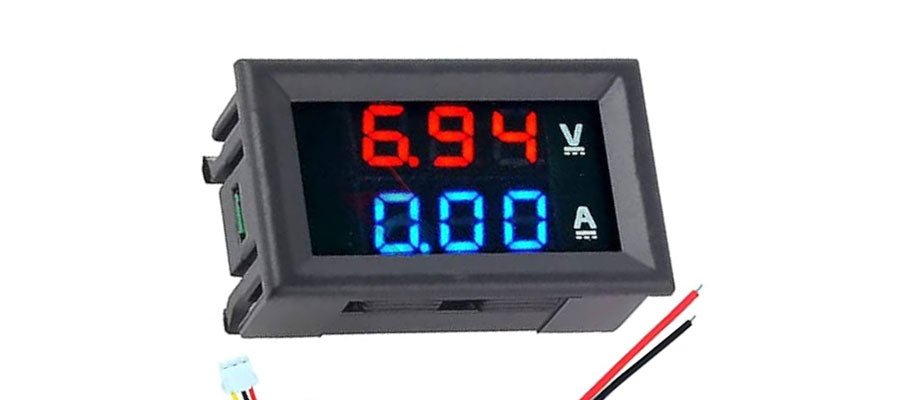Mastering Electronics DIY – Part 3: Intermediate Projects And How To Level Up Your Skills
After getting started with the basics of tools and components in Part 1 and exploring beginner-friendly projects in Part 2, it’s time to move one step ahead in your electronics journey. Welcome to Part 3 of the “Mastering Electronics DIY” series, where we dive into intermediate-level projects designed to challenge your creativity, deepen your understanding, and strengthen your practical skills.
Bridging the Gap: From Beginner to Intermediate
Once you’ve learned how to identify resistors, solder components, and assemble simple circuits, the next step is learning how to design systems that combine multiple functions — sensors, displays, timers, and controllers. Intermediate projects are the perfect way to understand how different components communicate and how to troubleshoot more complex circuits.
At this stage, you’ll start thinking beyond “how to connect” and focus more on why and how a circuit works — a key transition for any aspiring electronics hobbyist.
5 Intermediate Projects to Try!
-
Automatic Water Level Indicator: A step up from basic LED or motor circuits, this project helps monitor water levels in tanks using sensors. It automatically switches off the motor when the tank is full, saving energy and preventing overflow — a concept similar to Gelco’s motor protection products.
Skills you’ll build: Sensor integration, transistor operation, and relay control. -
Temperature-Controlled Fan: In this project, you’ll use a temperature sensor (like an LM35) to detect temperature changes and automatically switch a fan on or off. It’s a practical project that introduces you to thermal sensing and analogue-to-digital conversion.
Skills you’ll build: Working with sensors, analogue circuits, and automation concepts. -
Motion Sensor Light: Using a PIR (Passive Infrared) sensor, build a motion-activated lighting system — ideal for home automation. This project blends simplicity with functionality and helps you understand how sensors detect movement and trigger output devices.
Skills you’ll build: Sensor interfacing, timing circuits, and low-power design -
Digital Voltmeter: Move into the world of measurement and display systems with this project. Using a microcontroller or an Arduino board, you can build a voltmeter that displays readings on a 7-segment display or an LCD screen.
Skills you’ll build: Microcontroller programming, ADC (analogue-to-digital conversion), and display interfacing. -
Smart Irrigation System: For a more advanced challenge, this project uses soil moisture sensors and relays to automate water pumps — a concept central to Gelco’s smart control systems. It detects soil dryness and activates the pump only when needed, conserving both energy and water.
Skills you’ll build:Sensor calibration, relay interfacing, and system automation.
How to Level Up Your DIY Skills?
- Learn Circuit Design Software: Start exploring tools like Tinkercad, Proteus, or EasyEDA to simulate and design your circuits before physically building them. It helps visualize connections and troubleshoot without wasting components.
- Experiment with Microcontrollers: Transitioning to Arduino or Raspberry Pi opens up a world of programmable electronics. You’ll be able to build smarter, automated systems that react to their environment — a must for modern-day electronics projects.
- Understand Power Management: Learn how voltage regulators, transformers, and protection circuits work. As circuits get complex, efficient and safe power management becomes crucial.
- Study Real-World Applications: Look into how devices like Gelco’s motor starters, protection relays, and control systems use similar principles — combining sensors, logic, and control to deliver safe, efficient operation.
- Keep Experimenting: The best way to improve is by doing. Modify your existing projects, combine features, and don’t hesitate to fail. Every experiment teaches you something new.
Inspiration from Industry
At Gelco Electronics, innovation thrives on curiosity — the same curiosity that drives DIY enthusiasts. Many of today’s advanced protection devices and automation systems began as simple circuit ideas. Each small project adds to your understanding of how real-world systems work.















